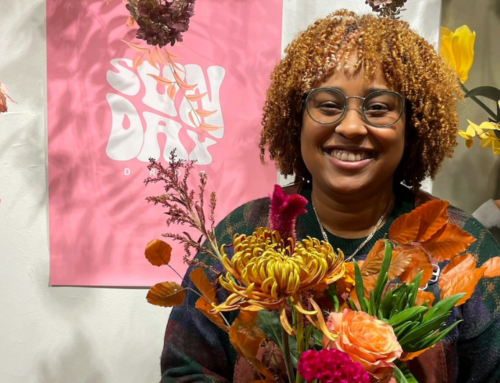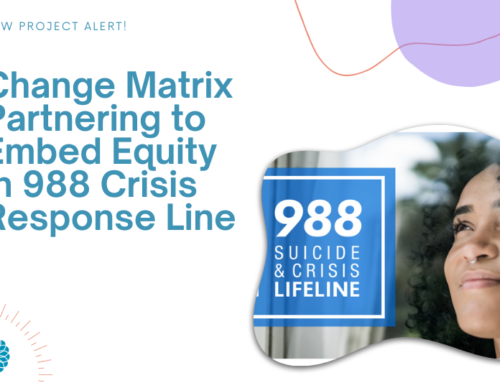No matter what side of the immigration and citizen debate one gravitates to, the inability of our nation’s leaders to find consensus has been distressing to watch. During one of our team meetings, we found ourselves sharing our own stories of what the word immigration means to us. We thought we’d share a little more about our team members over the course of time.
Suganya
I came to the U.S. in 1978 when I was in my mid-20s. For the previous 10 years or so before immigrating, I had been visiting the American Embassy’s U.S. Information Services Office (USIS) to access library books and to see movies both fictional and documentary at no cost – a wonderful service provided by all U.S. Embassies throughout the world. Often times before the movie began, we were ‘introduced’ to U.S. life and culture through a series of short videos with “America the Beautiful” playing softly in the background. I came to believe in the lyrics of that song and thought the U.S. to be a place where people were treated equally and fairly with the same opportunities for a secure future.
The year I arrived Ronald Reagan was elected President. With Reagan came cuts in non-military spending, elimination of federal regulations and at the same time a major tax cut that benefited the rich. Reagan also promoted the advent of American conservatism. To me, this all meant the country I was drawn to (at least from my very superficial knowledge of it based on those USIS documentaries) was changing. I began to question the very purpose of my immigration. So why did I immigrate to this country?
At the age of thirteen, I experienced a civil war in Malaysia that turned fully half my country’s population into second class citizens – we were now non-bumiputras (sons of the soil) and we could no longer expect the same sovereign, legal and civil rights in the country that I used to consider a paradise. My father recognizing that there would be very limited futures for his children, sent me to India to complete my education and position myself to receive higher education as a resident of that country.
Arriving in Madras, South India, for the very first time I saw the devastation of leprosy and hunger in the streets. At that very moment, I decided that I would make a difference – I would end childhood hunger. I would like to believe that this passion drove me all the way to the U.S. to get my doctorate in nutrition. The truth probably lies somewhere between that very altruistic notion and my personal need to escape India which had never felt like home even though I have Indian ancestry. I wanted the freedom to explore my own ideas as an independent woman without the deep parental influence that existed in my community.

Staying connected! Members of my family gathering for my niece’s wedding in 2018. Many had traveled thousands of miles from many different parts of the globe. Four generations have gathered yet again.
Coming to the U.S. was an escape of personal strictures dictated by a hugely patriarchal, caste-influenced society. What I learned very quickly in the U.S. was that I was a minority, a person of color, a non-native English-speaking individual (but with an interesting exotic accent).
Over the last 40 years, I’ve been many races, many cultures chastised by Ethiopian cab drivers in Washington DC for forgetting my native language of Amharic, considered an Indian cab driver’s daughter in New Jersey and a doctor’s wife (not the doctor) in Florida, while stopped in the New York metro stations and asked directions by Spanish-speaking tourists. I’ve come to embrace this connection to different races and ethnicities that make up the USA. It is a gift I could be taken for an Ethiopian, an Indian, or a Latina.
[Picture above: Four generations of women. My great-great grandmother is seated in the front row and the young girl to her left with the large doll is my mother. The lady on the very left in the middle row is my great-grandmother and lady on the very right is my grandmother.]



